Established at the end of 2024, Van Don Marine Aquaculture Association actively connects, cooperates, and creates a sustainable chain of links in the marine aquaculture sector, contributing to creating high value, safe and sustainable development for the Van Don marine aquaculture industry in particular and the province in general.
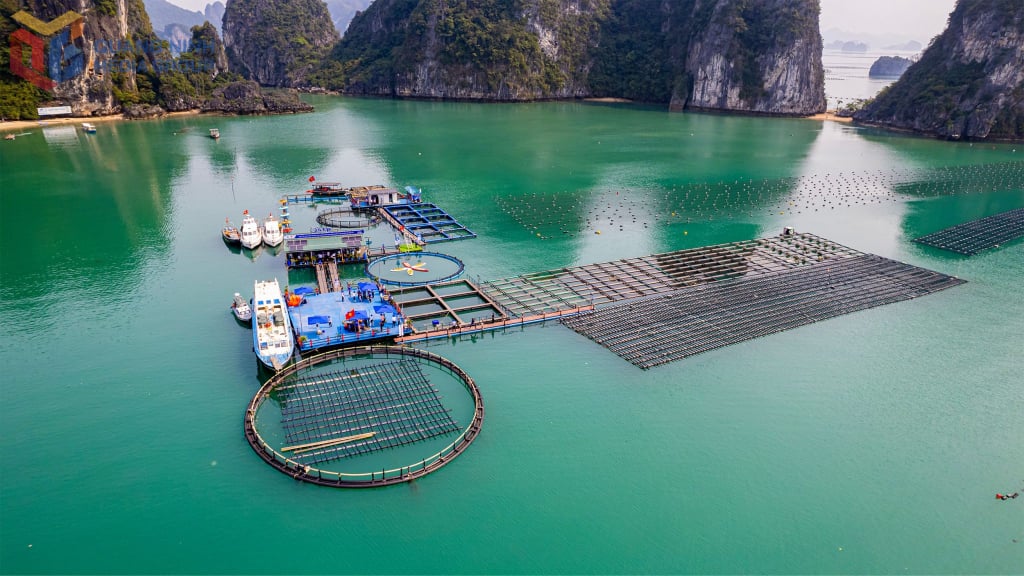
Van Don Marine Aquaculture Association (Vietnam Marine Aquaculture Association) consists of 21 members, representing companies and cooperatives in aquaculture and seafood processing in the area. The association's operational goals are: Gathering businesses, cooperatives, and fishing households that are members of the association in the locality to unite, connect, and share information on technology and markets; coordinate with the government to create a sustainable chain of links in the seafood farming industry; increase profits and protect the legitimate interests of members, contributing to protecting the environment and marine ecosystem of Van Don district.
According to Ms. Pham Thi Thu Hien, Head of the Van Don Marine Aquaculture Association, marine aquaculture in Van Don still has a lot of potential for development, but is facing many challenges from natural disasters and epidemics. Previously, due to small-scale operations, aquaculture efficiency was not high, and epidemics often occurred. The establishment of the association and participation in the Vietnam Marine Aquaculture Association helps companies, cooperatives, and farming households to be trained, learn, and apply high technologies in aquaculture and processing; helping to minimize risks caused by epidemics, control and improve aquaculture quality.
Recently, the Association organized a workshop to analyze the advantages and disadvantages of two models of intercropping seaweed - oyster farming and oyster farming using separate oyster cages. Currently in Quang Ninh, there are 3 main farming methods: oyster farming using floating buoys, using bamboo rafts and oyster farming on platforms. Of which, farming using floating buoys and bamboo rafts has low investment costs, but the quality of farmed oysters is uneven, the shape of the oysters is not beautiful, the oyster meat ratio is low. With the solution of farming using a separate cage system produced by an Australian unit, the value of oysters is increased, export criteria are met, and farming costs are reduced. The cage system is easy to install, stock and harvest oysters; labor costs are reduced; oysters have a beautiful, clean shape, are less susceptible to parasites; the oyster meat recovery ratio is high and the impact of extreme weather is limited.
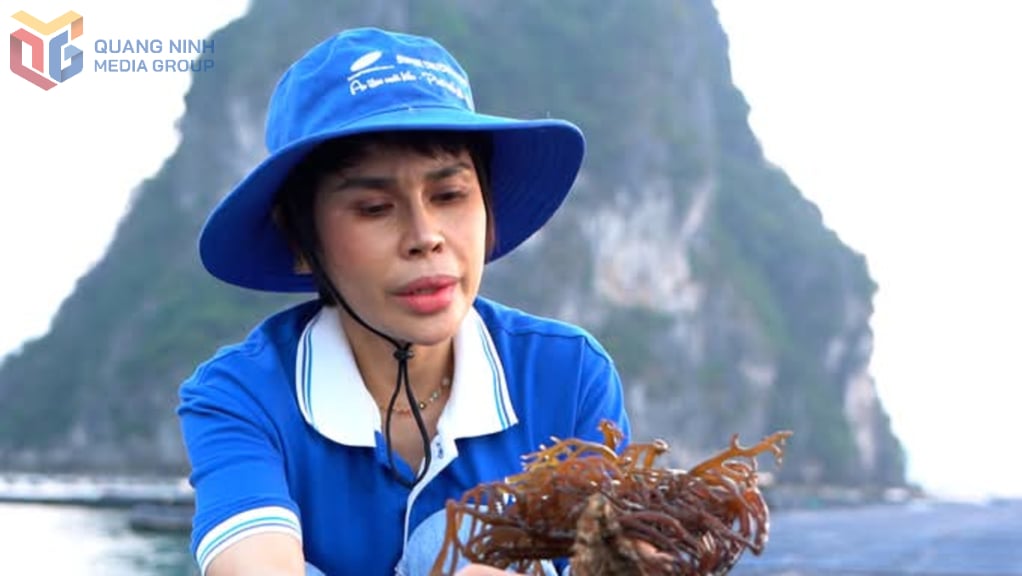
As for the seaweed-oyster intercropping model, farmers who are already raising oysters can easily implement it because they only need to invest in small-scale intercropping but in an industrial direction because seaweed grows very quickly. Seaweed provides microorganisms for oysters to grow better, and at the same time absorbs excess nutrients from the water, minimizing environmental pollution.
Ms. Nguyen Thi Hai Binh, Head of the Learning Committee of the Van Don Seafarming Association, shared: With 5 hectares of seaweed farming intercropped with oysters, 100 tons of seaweed and over 200 tons of oysters are harvested each year, earning about 5 billion VND for both seaweed and oysters. On average, farmers earn over 500 million VND/ha/year. Through the pilot implementation, I consider this a model that brings many economic and environmental benefits, contributing to increasing income for aquaculture farmers. The Association always hopes that members, as well as marine farming cooperatives, must change their farming mindset, approach new technologies, and take steps to develop the farming area.
Mr. Tran Van Dac, Director of Quyet Tien Aquaculture Cooperative, said: After participating in the seminars and being exposed to and understanding the advantages and disadvantages of new farming technologies, I feel very secure and will pilot a suitable model in the farming area of the cooperative. The support of the government, unions, and professional associations is the driving force for cooperatives to quickly recover after storm No. 3/2024, towards the goal of being able to export.
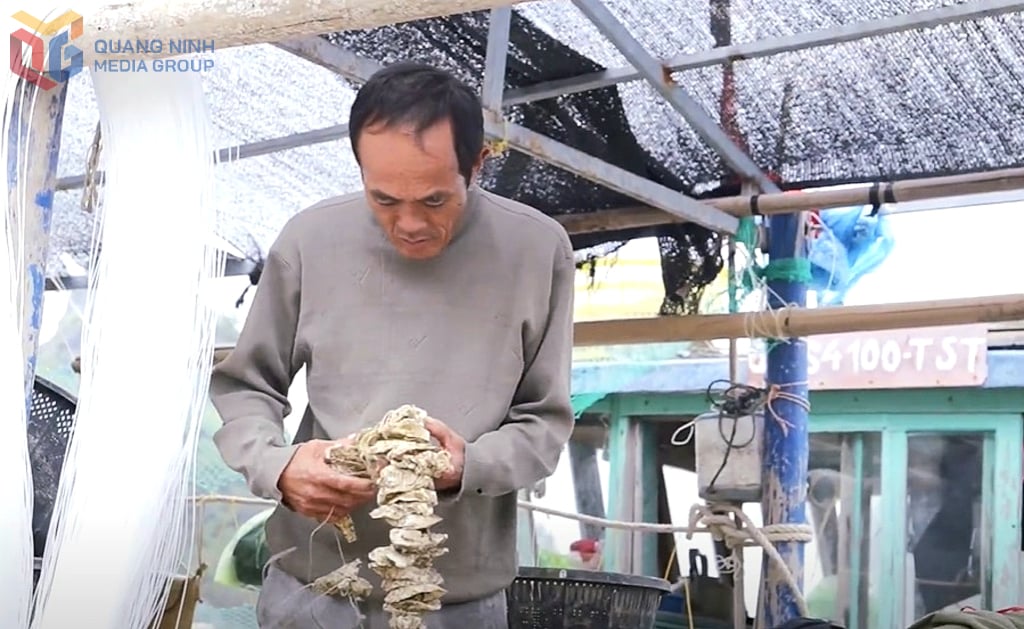
To strengthen the connection between the links in marine farming activities from breeds, feed, veterinary medicine to processing and consumption, Van Don Marine Farming Association proactively participates in the G7 marine fish farming chain. The remaining 6 members in the chain include units in pathology research, training and technology transfer; providing medicine to prevent and treat shrimp and fish diseases; providing marine farming materials such as nets, buoys, HDPE ropes; providing breeds, consuming and processing finished fish; providing marine fish feed and supporting nutritional services...
Mr. Nguyen Huu Dung, Chairman of the Vietnam Seafarming Association, commented: The launch of the linkage chain is a driving force to promote the sustainable development of the seafarming industry, contributing to the successful implementation. The solutions of the Project on developing marine aquaculture in Van Don district to 2030, with a vision to 2045, have been approved . However, close cooperation between members, along with synchronous support policies from management agencies, is needed for this model to truly be effective, promote the blue ocean economy, optimize the value chain from research, technology to trade and distribution. Thereby, bringing practical benefits to the local economy and the Vietnamese seafood industry.
Do Hung
Source








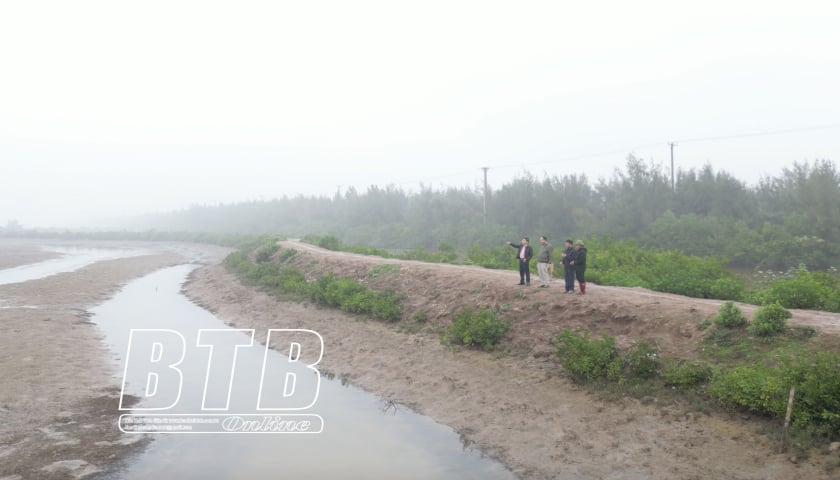

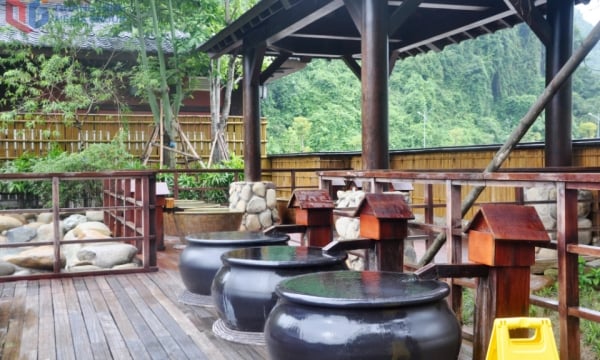
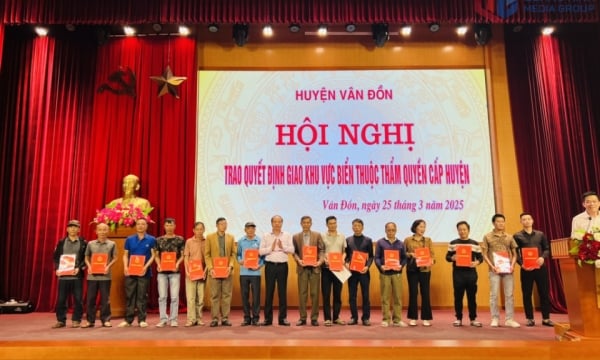

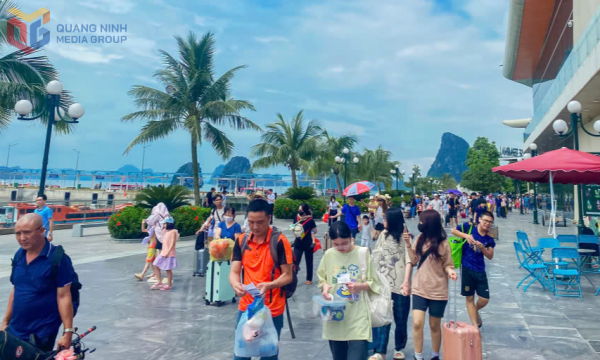
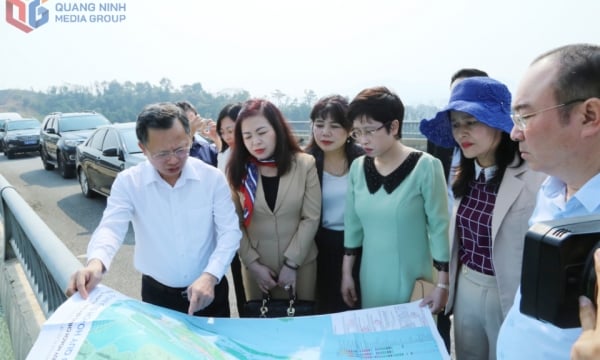
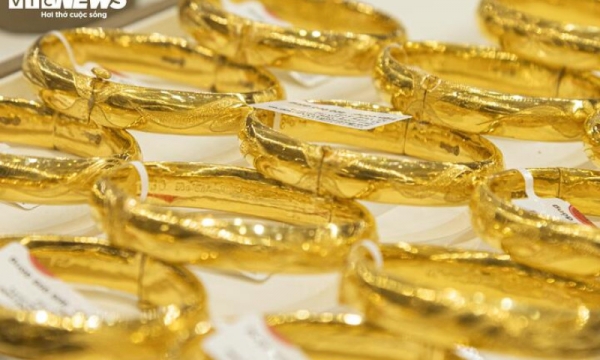
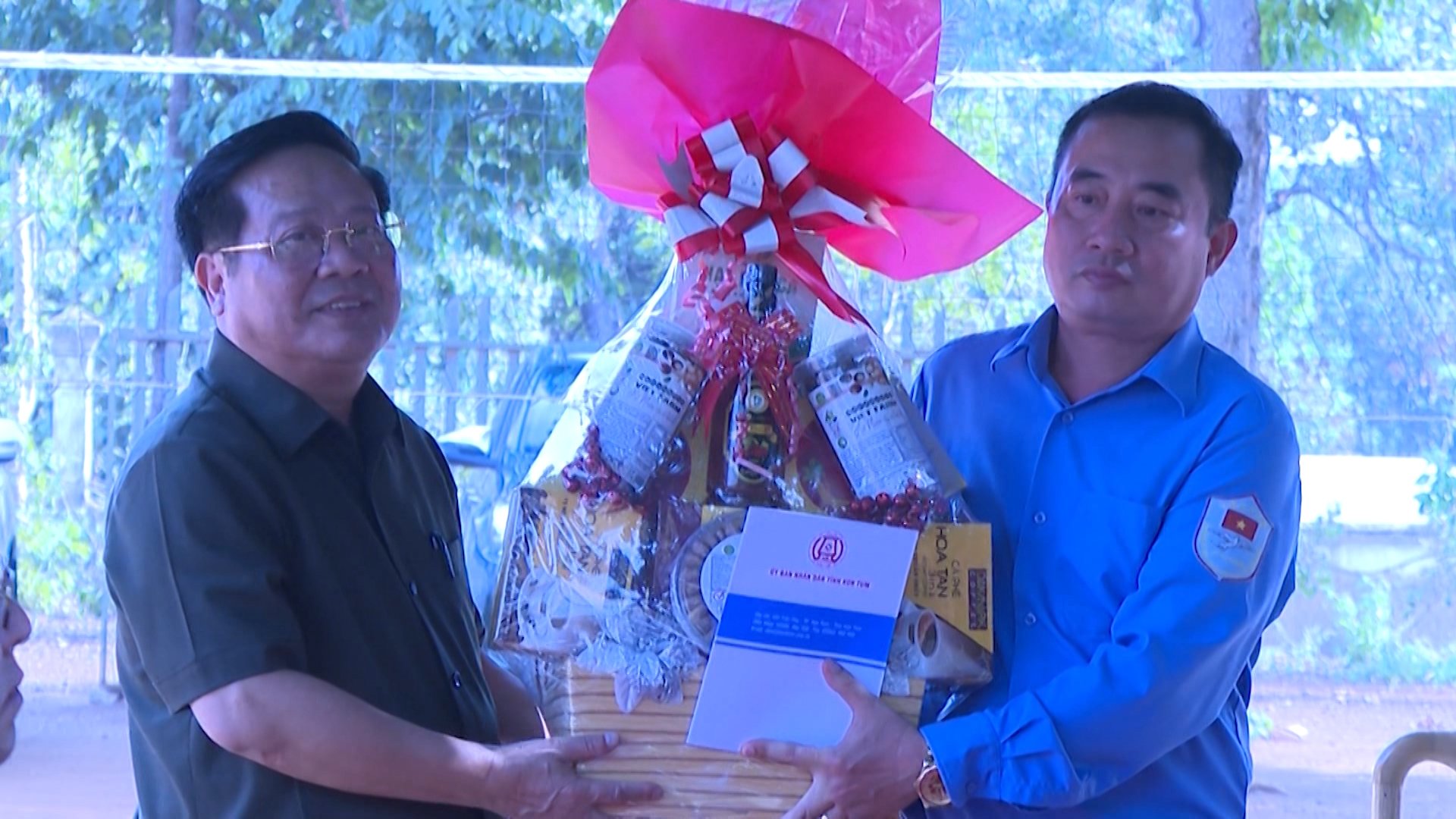
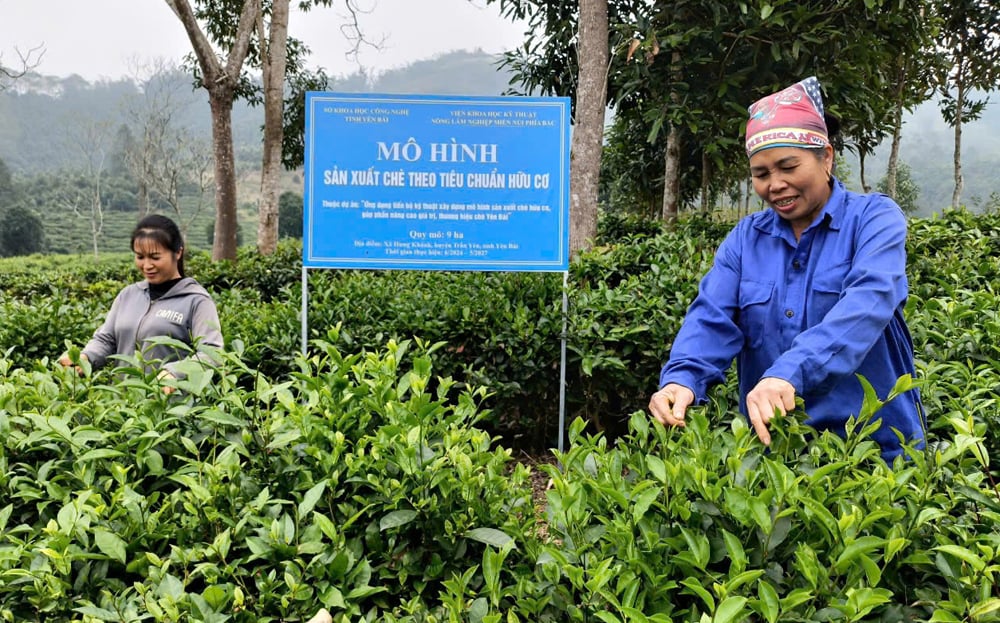
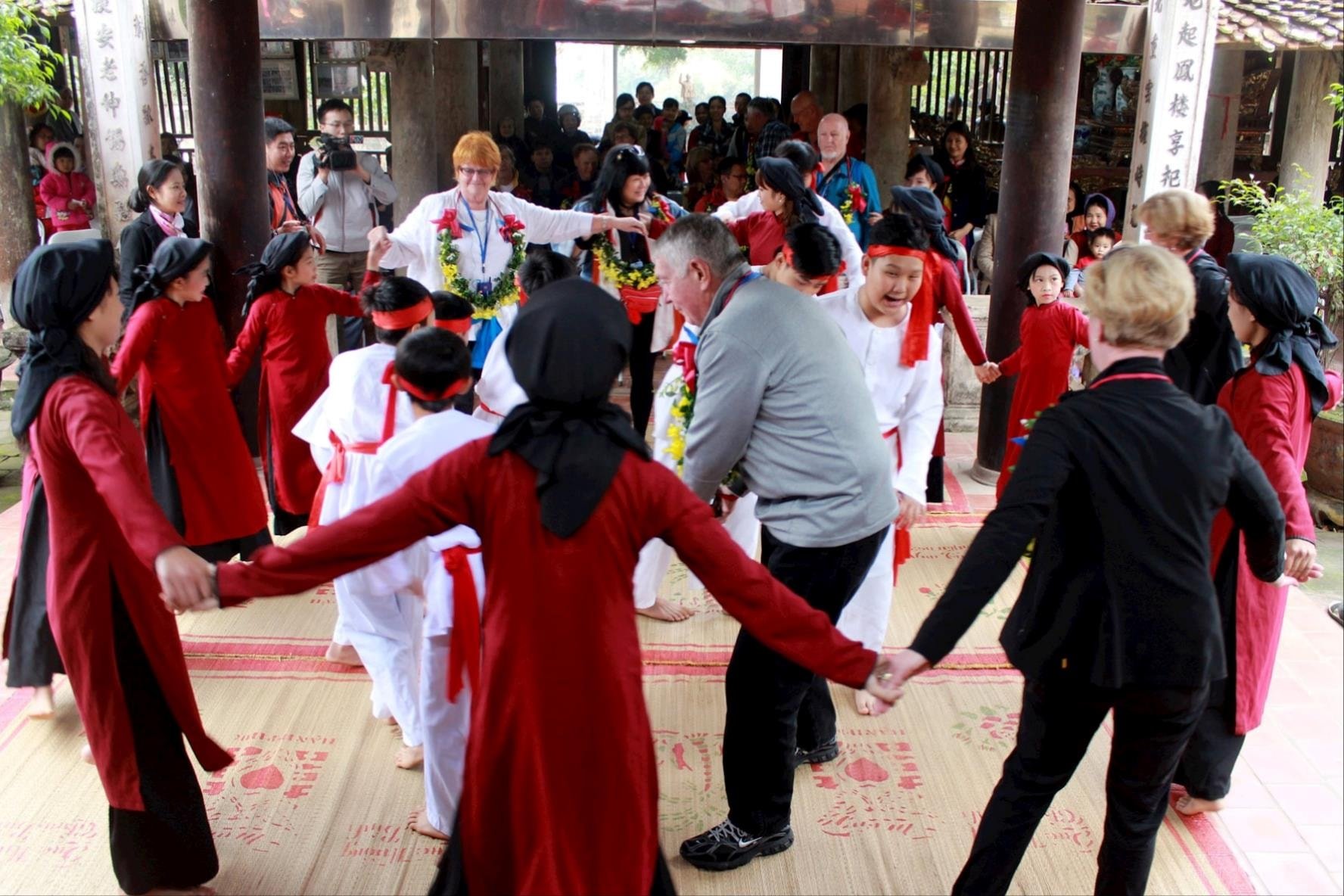
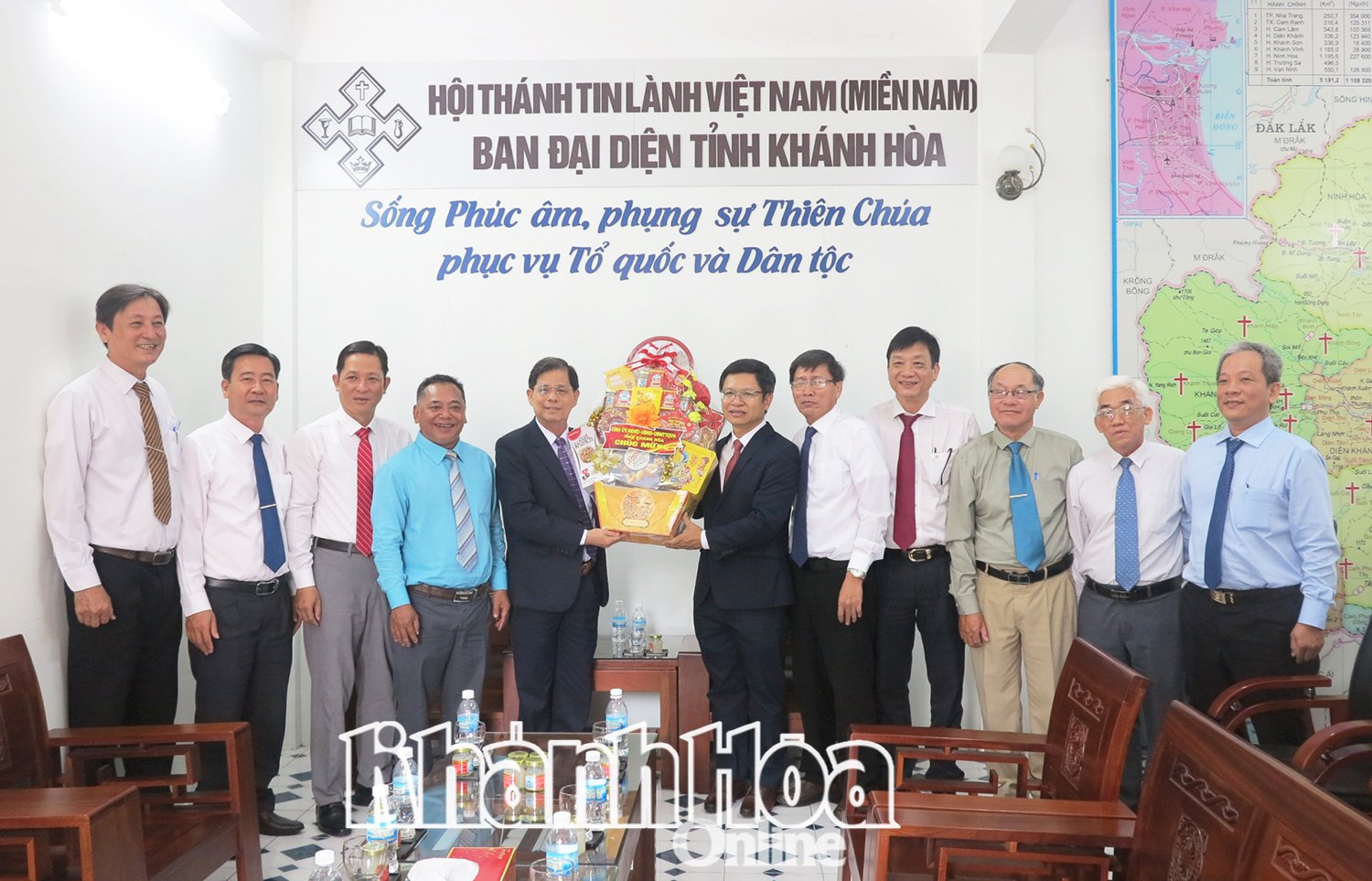
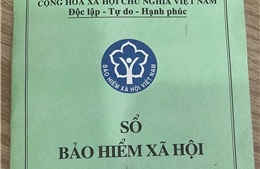

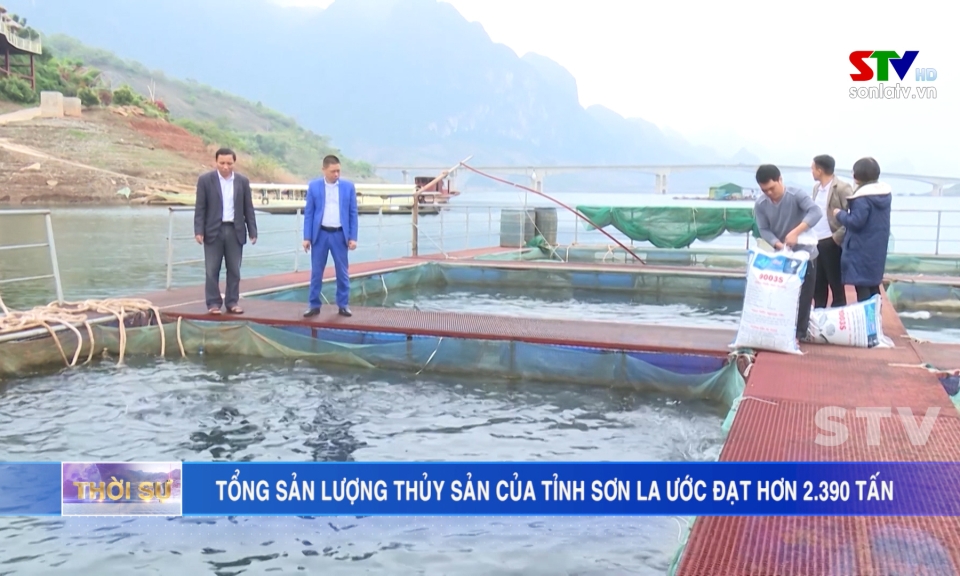

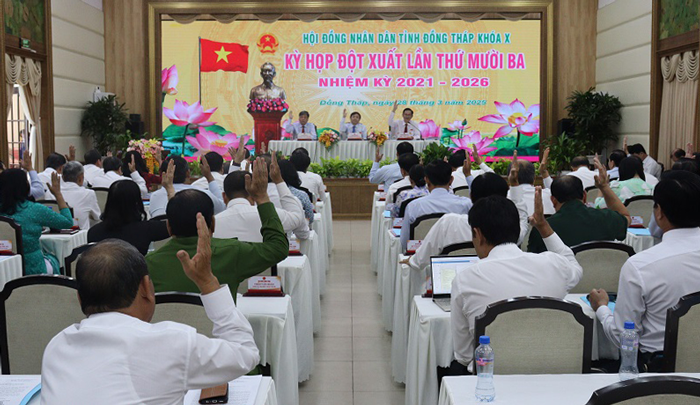
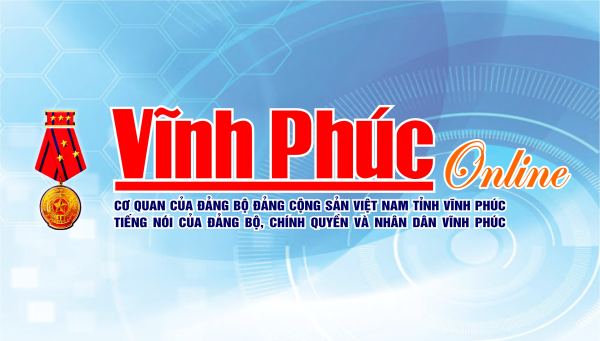
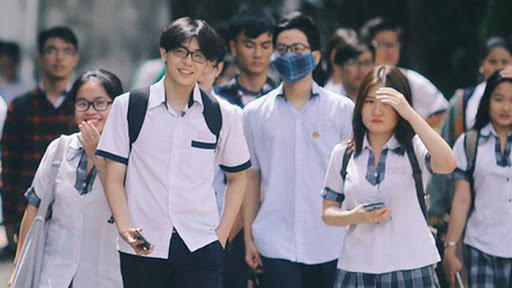
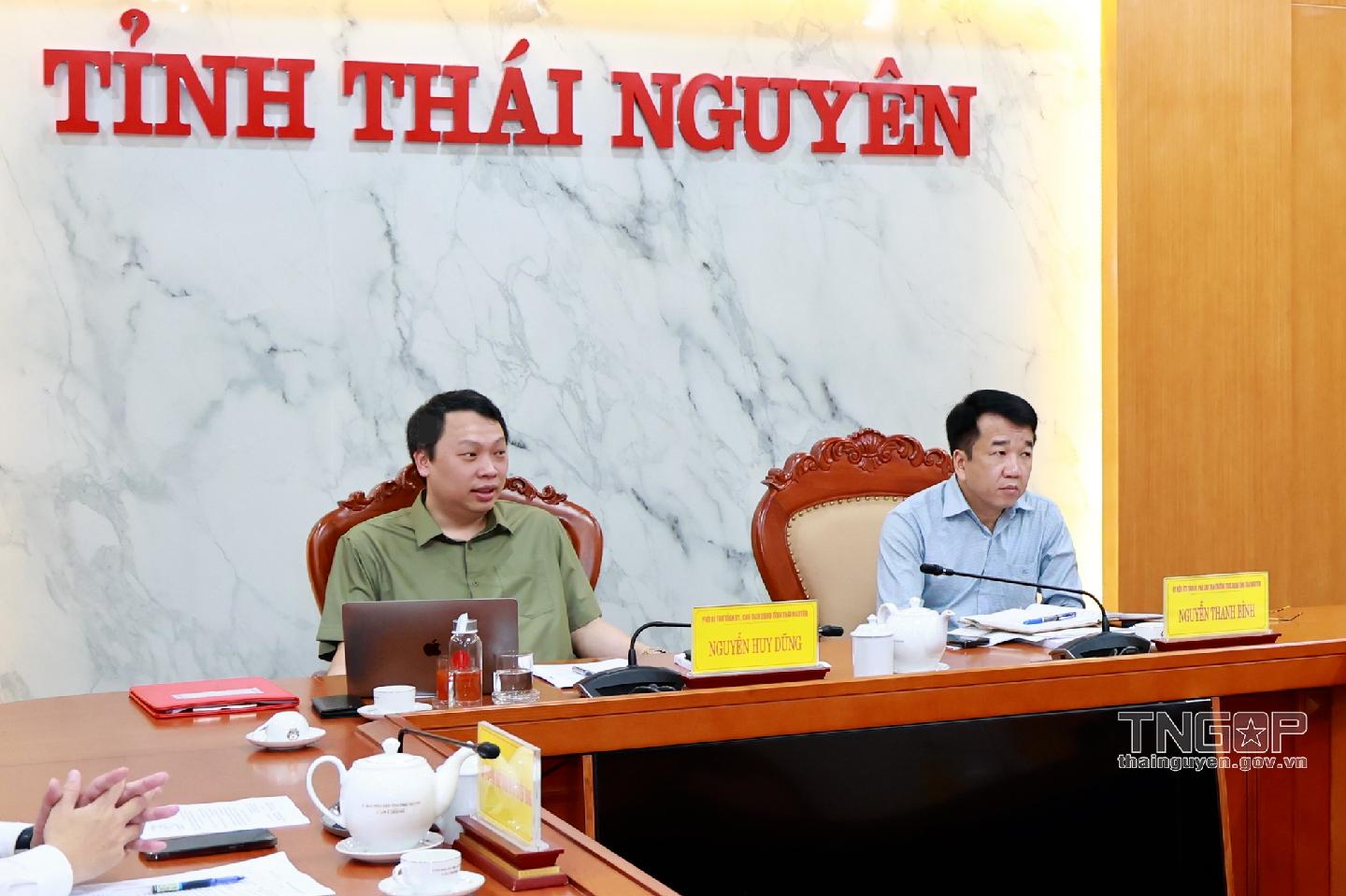


![[Photo] Visiting Cu Chi Tunnels - a heroic underground feat](https://vstatic.vietnam.vn/vietnam/resource/IMAGE/2025/4/8/06cb489403514b878768dd7262daba0b)

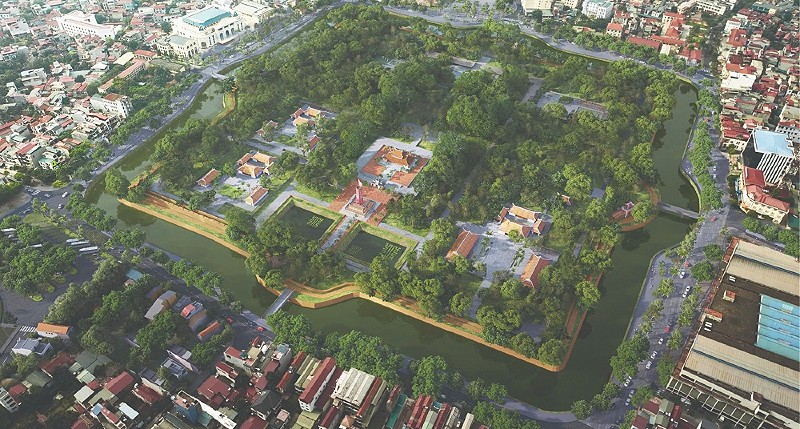






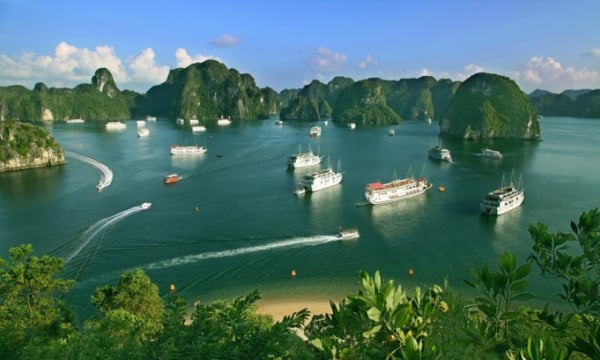





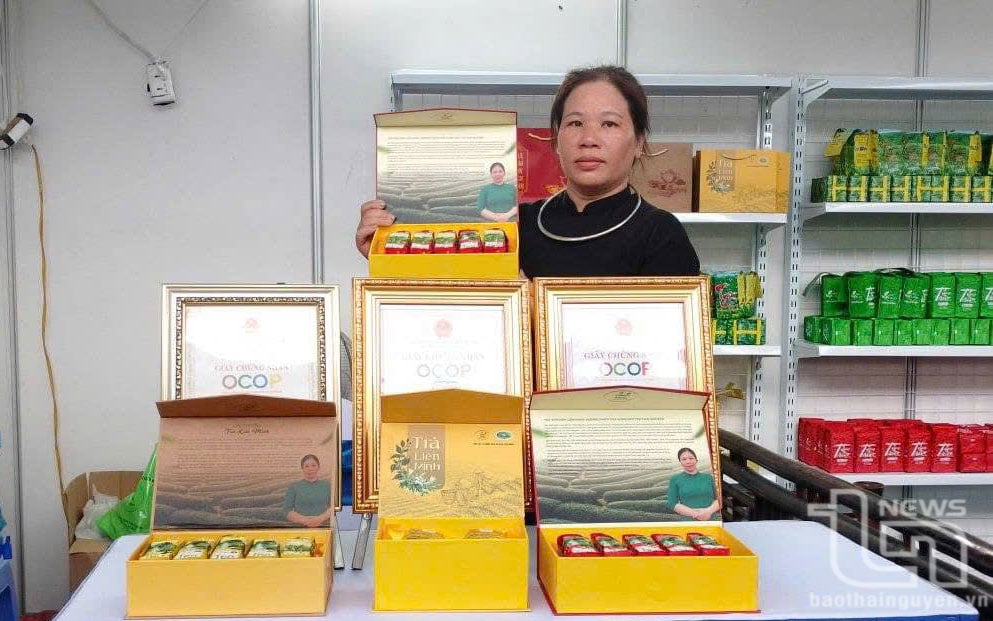

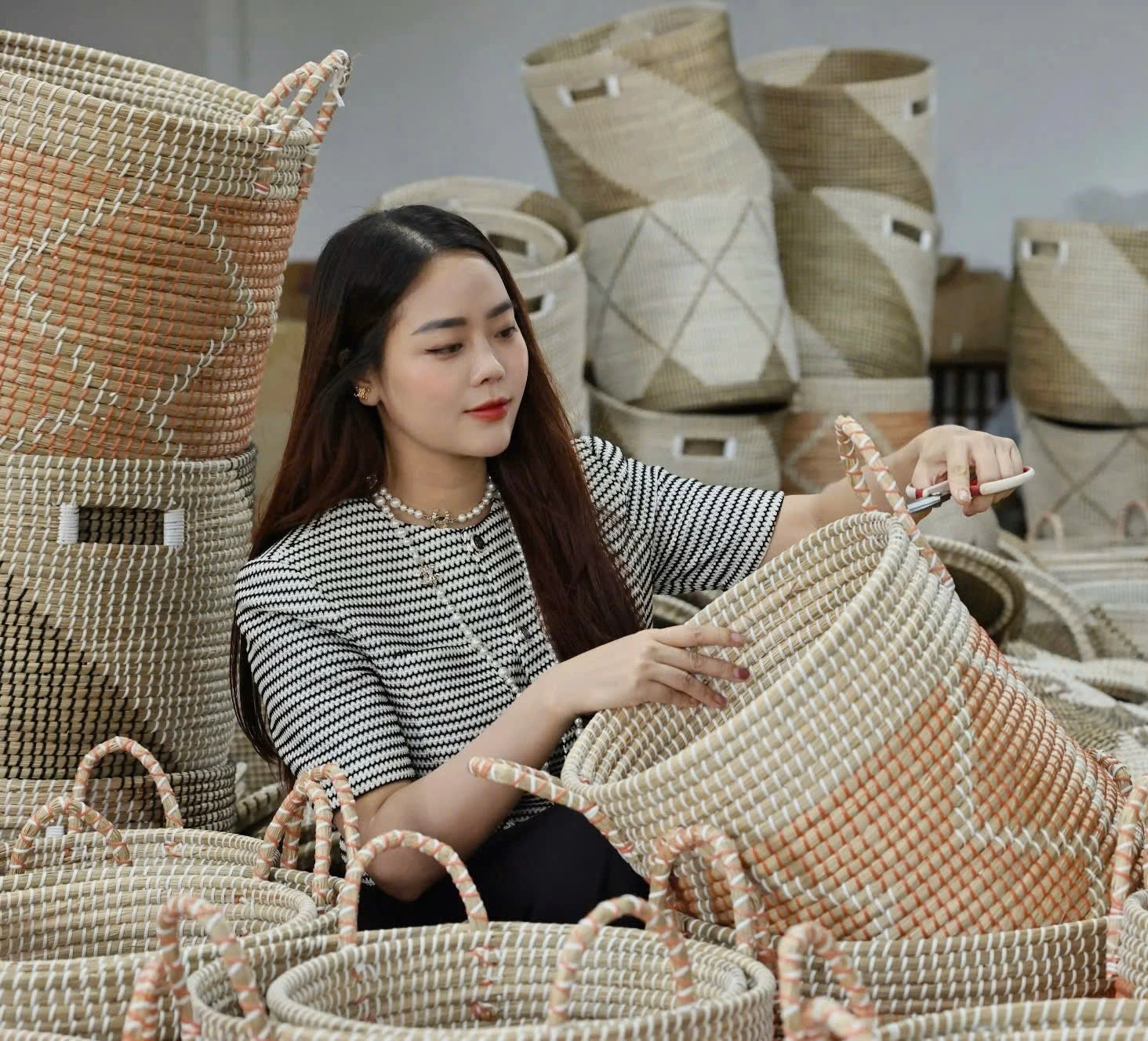
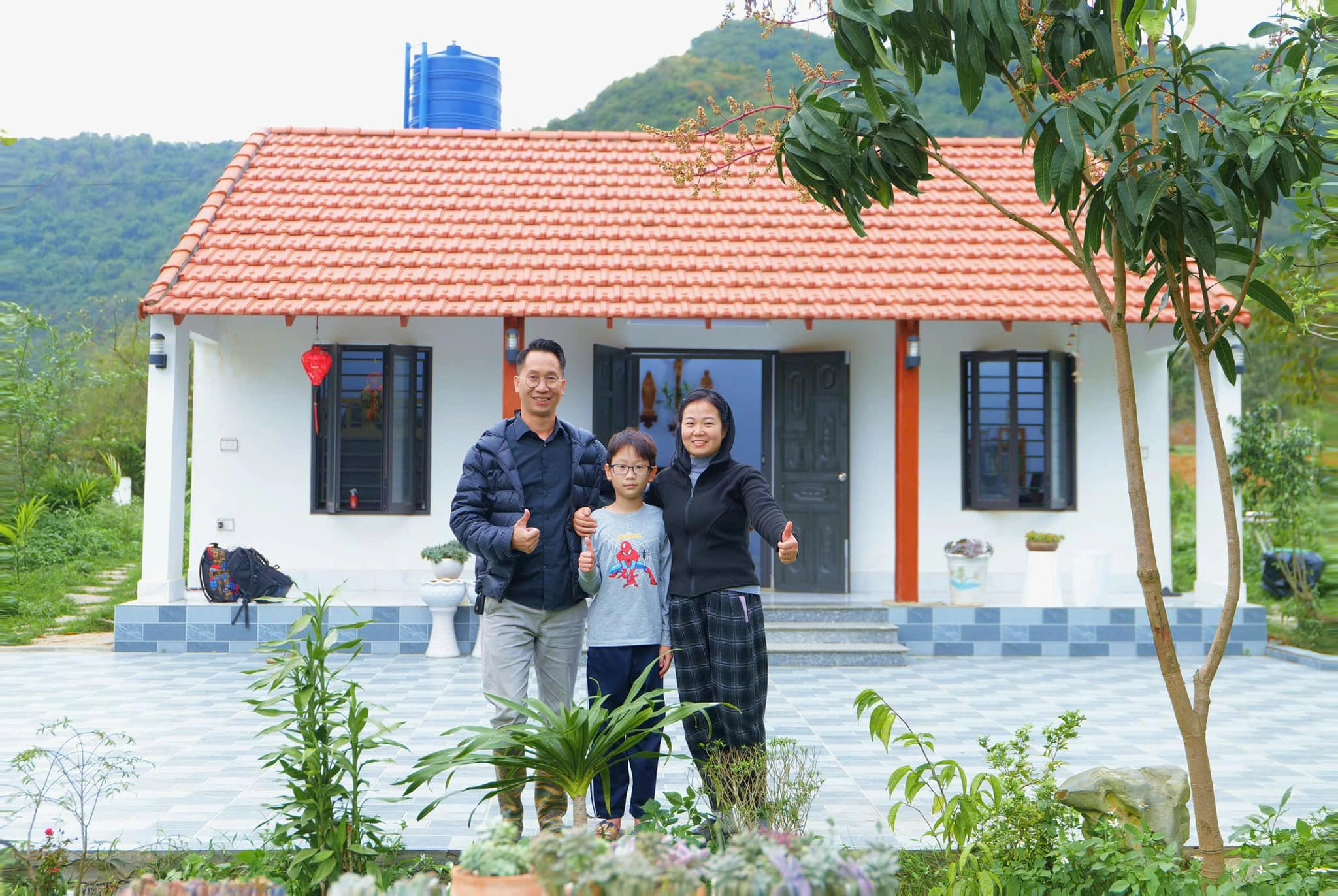



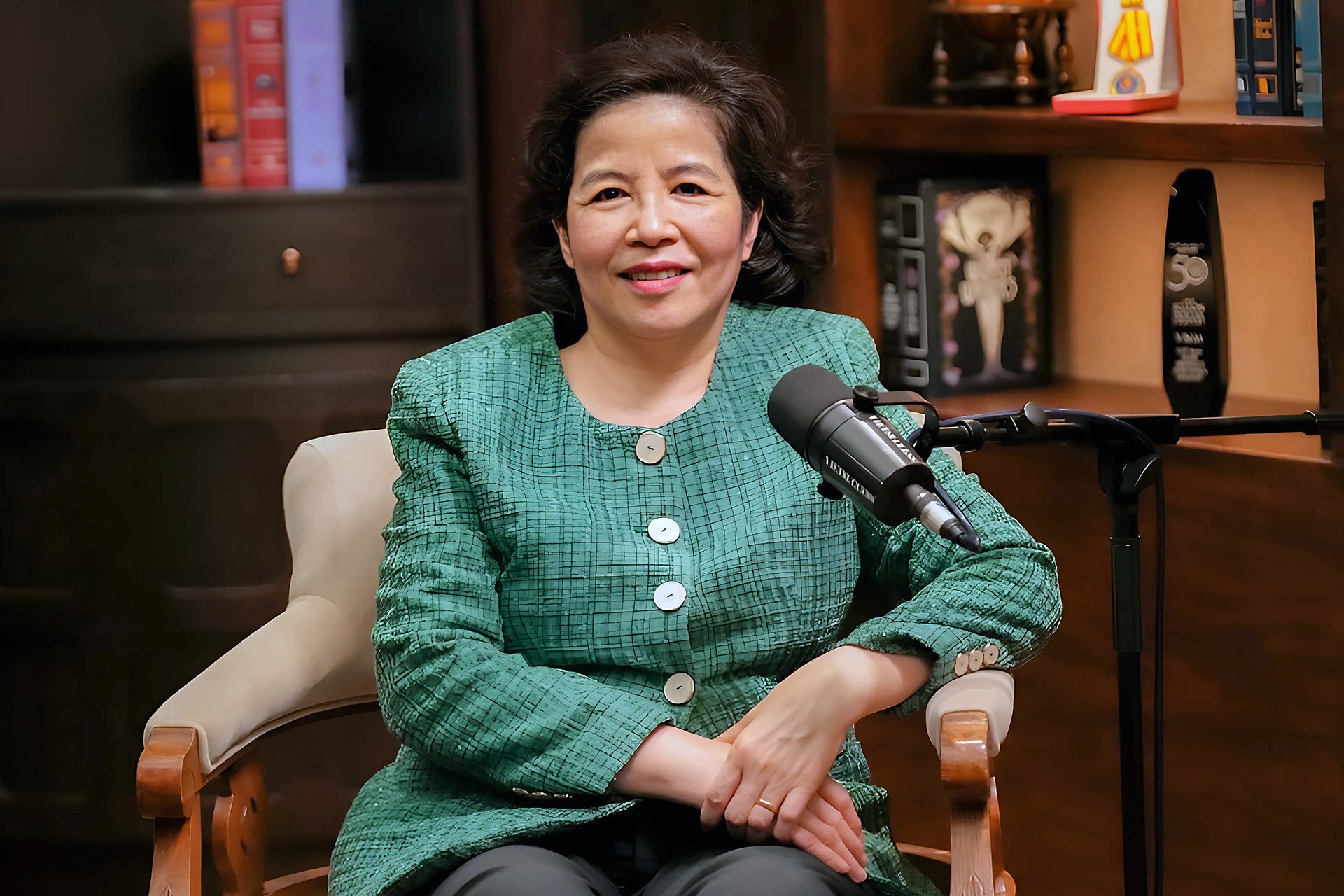
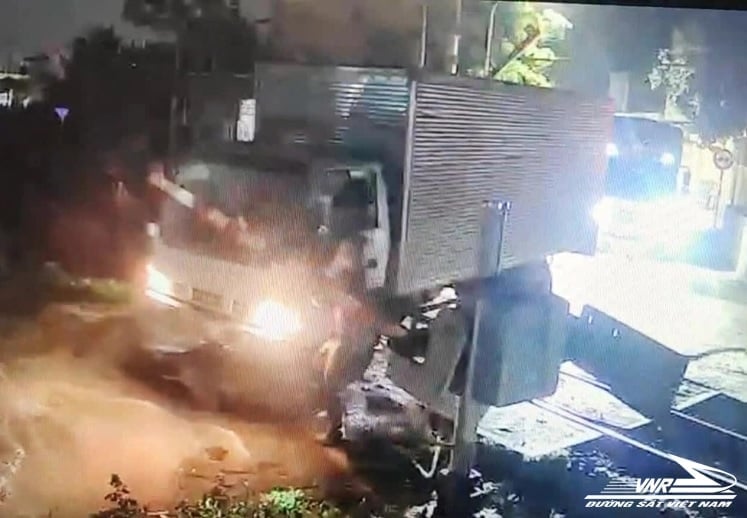
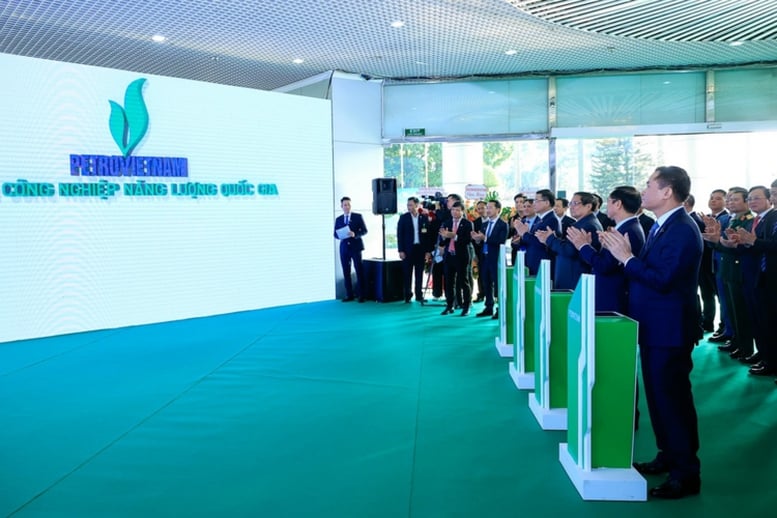

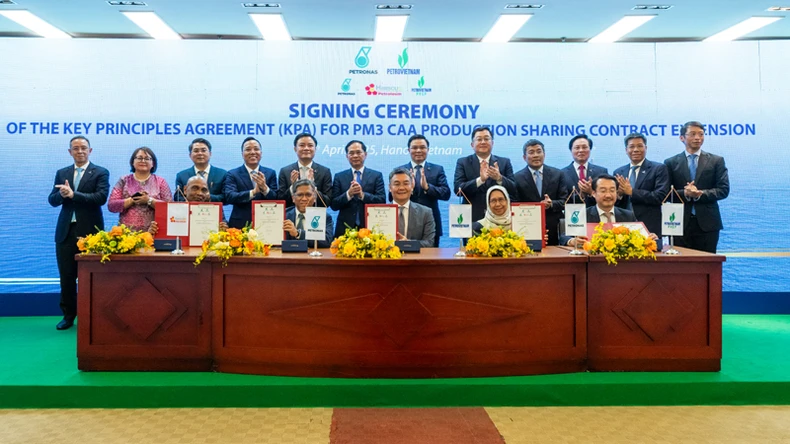

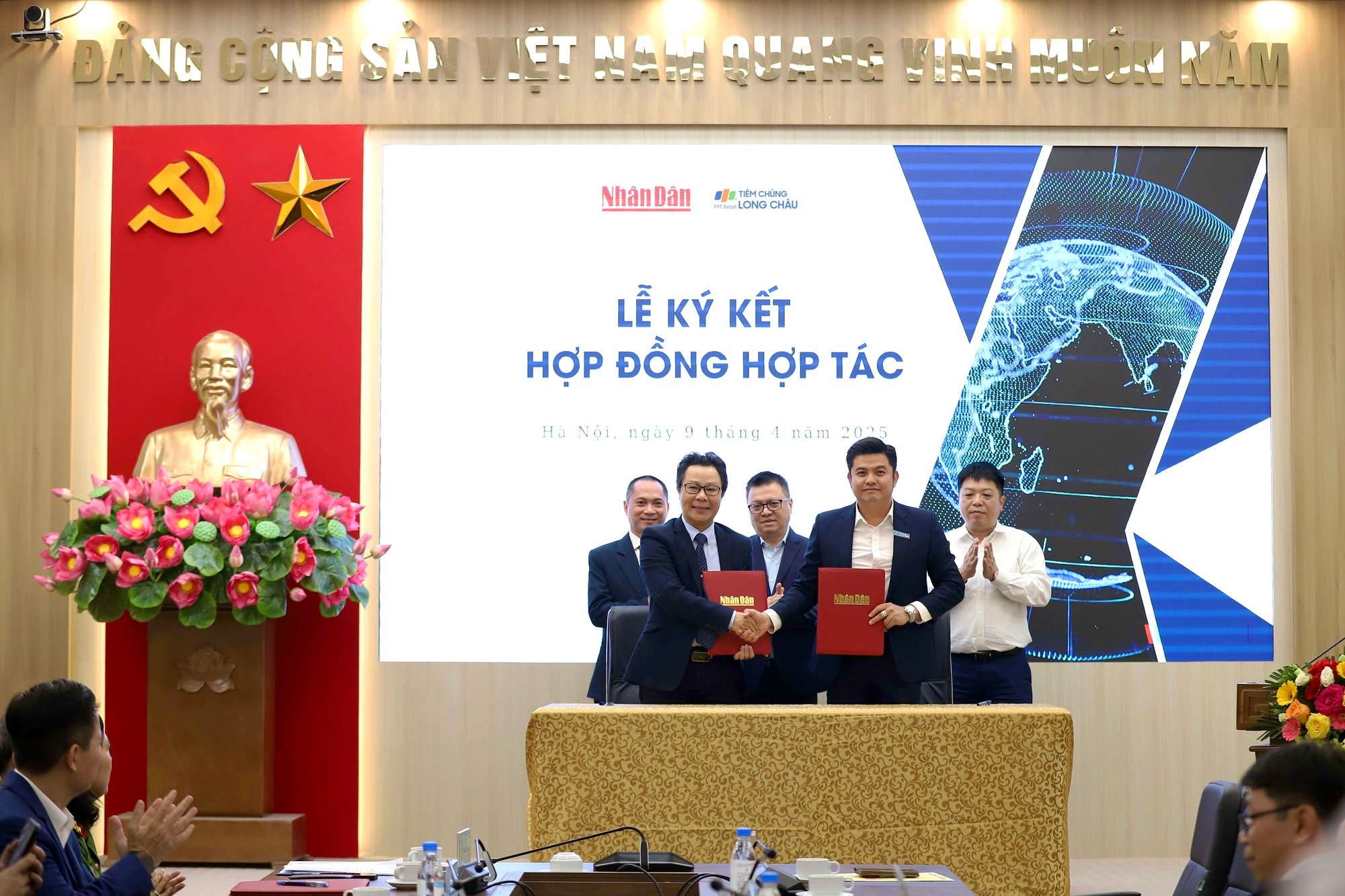

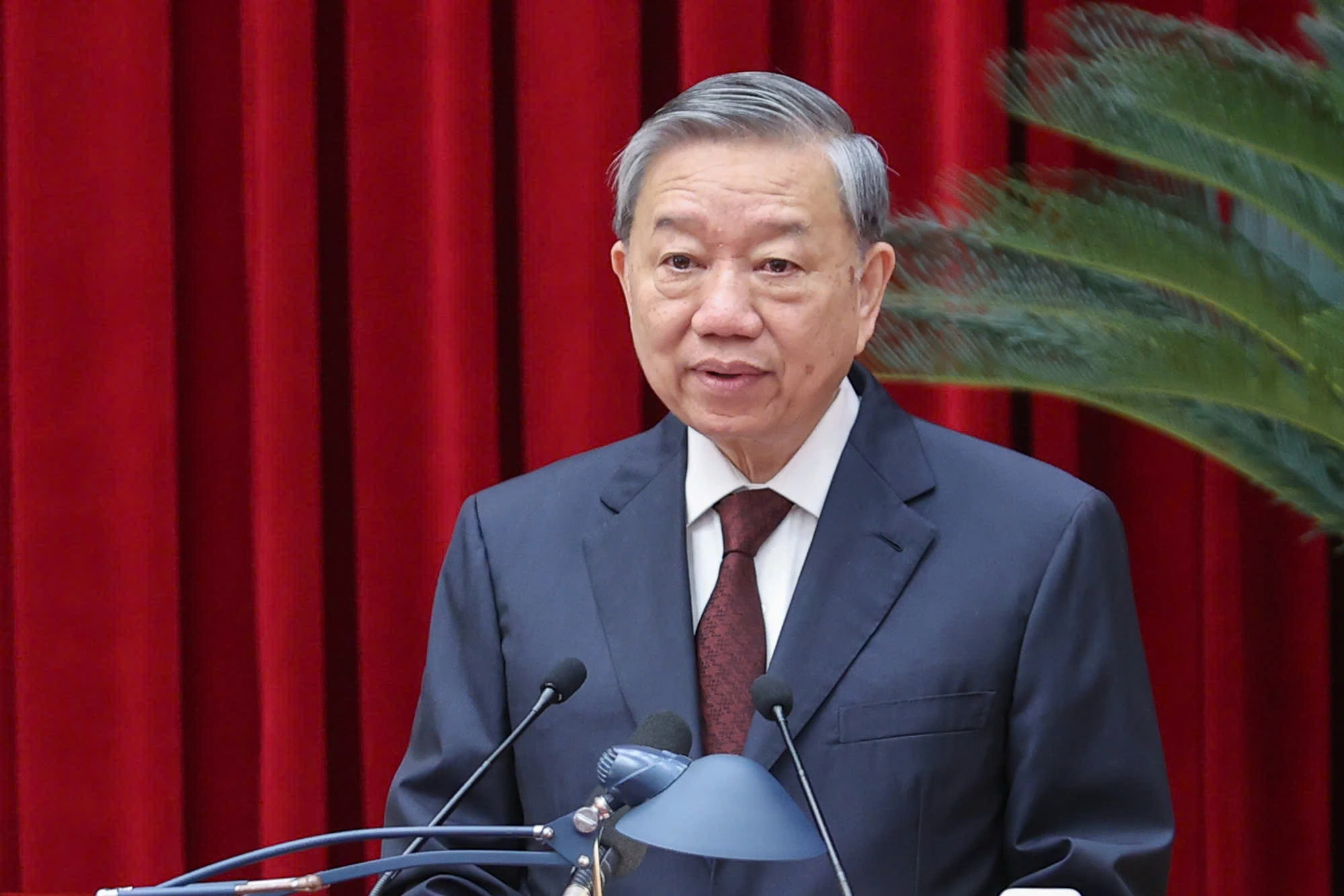
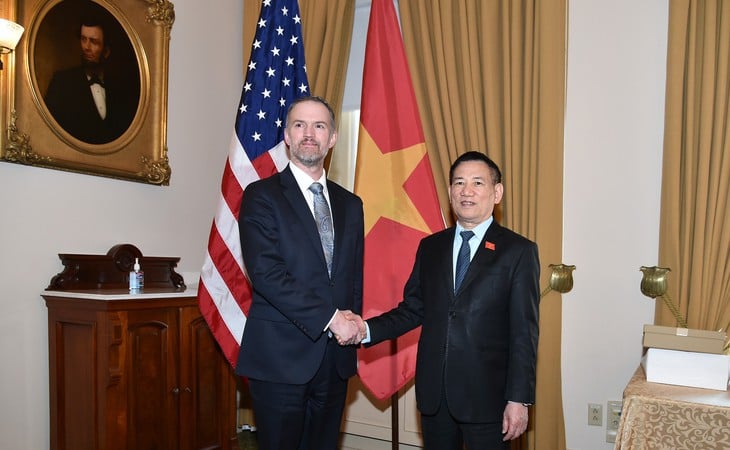
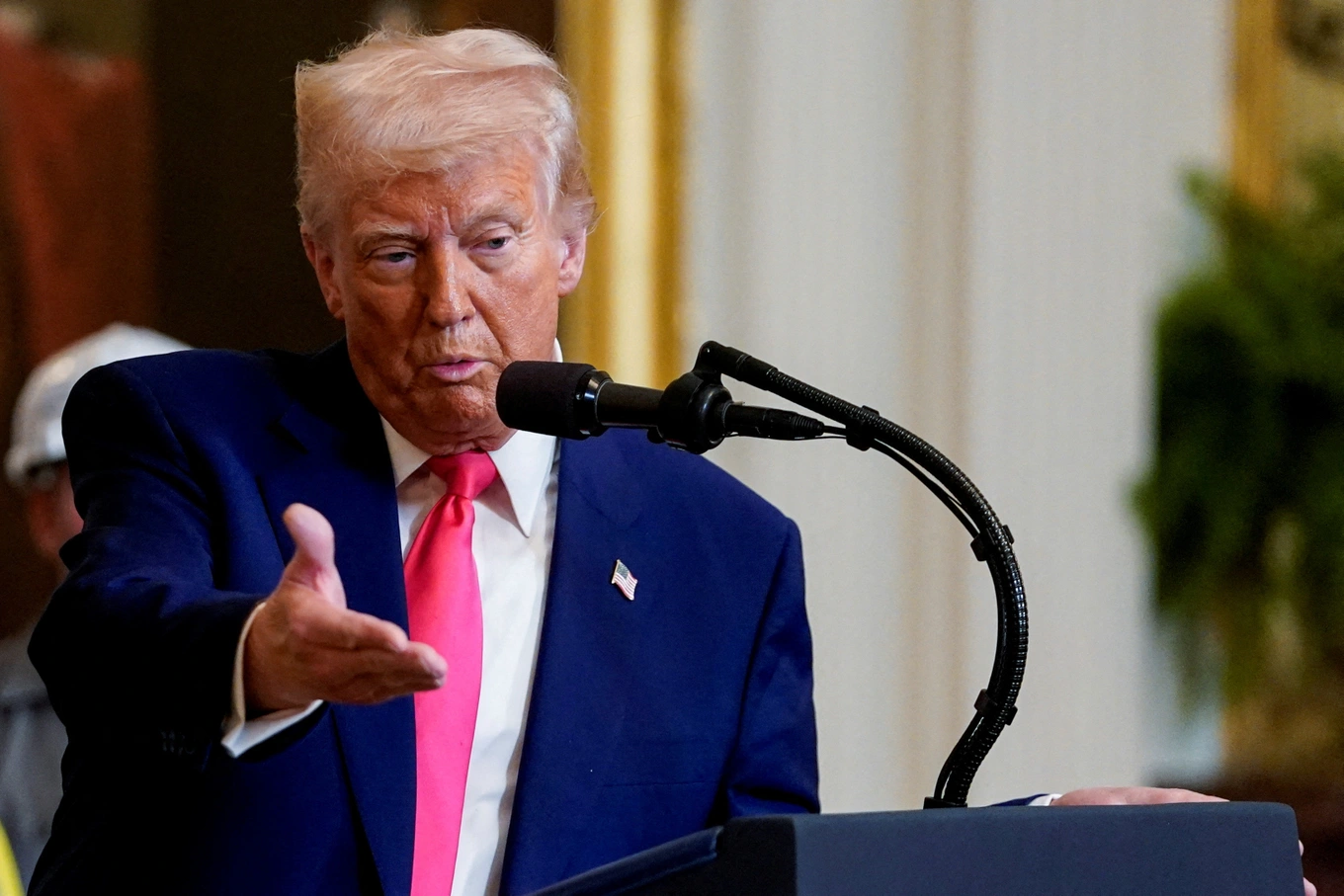
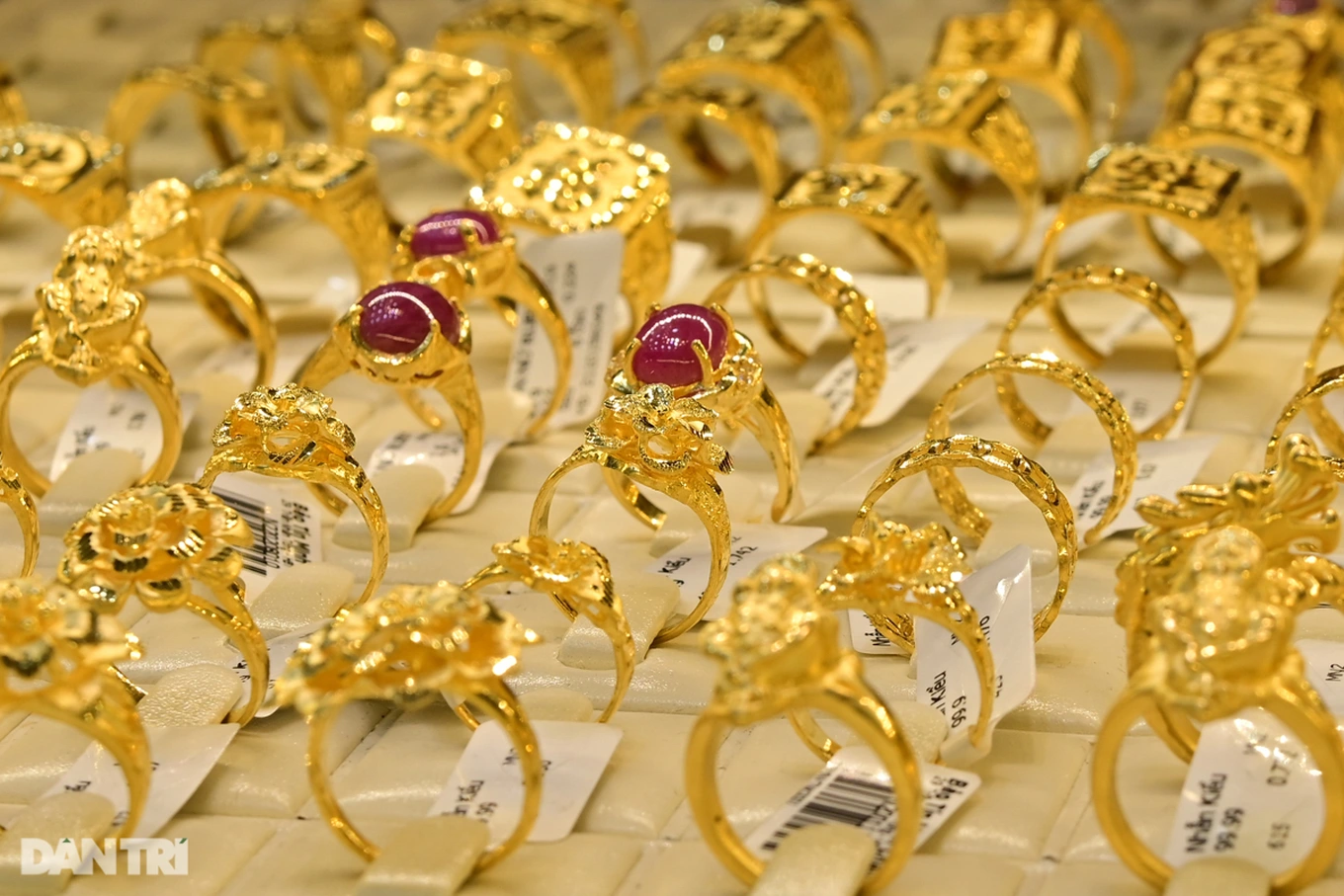
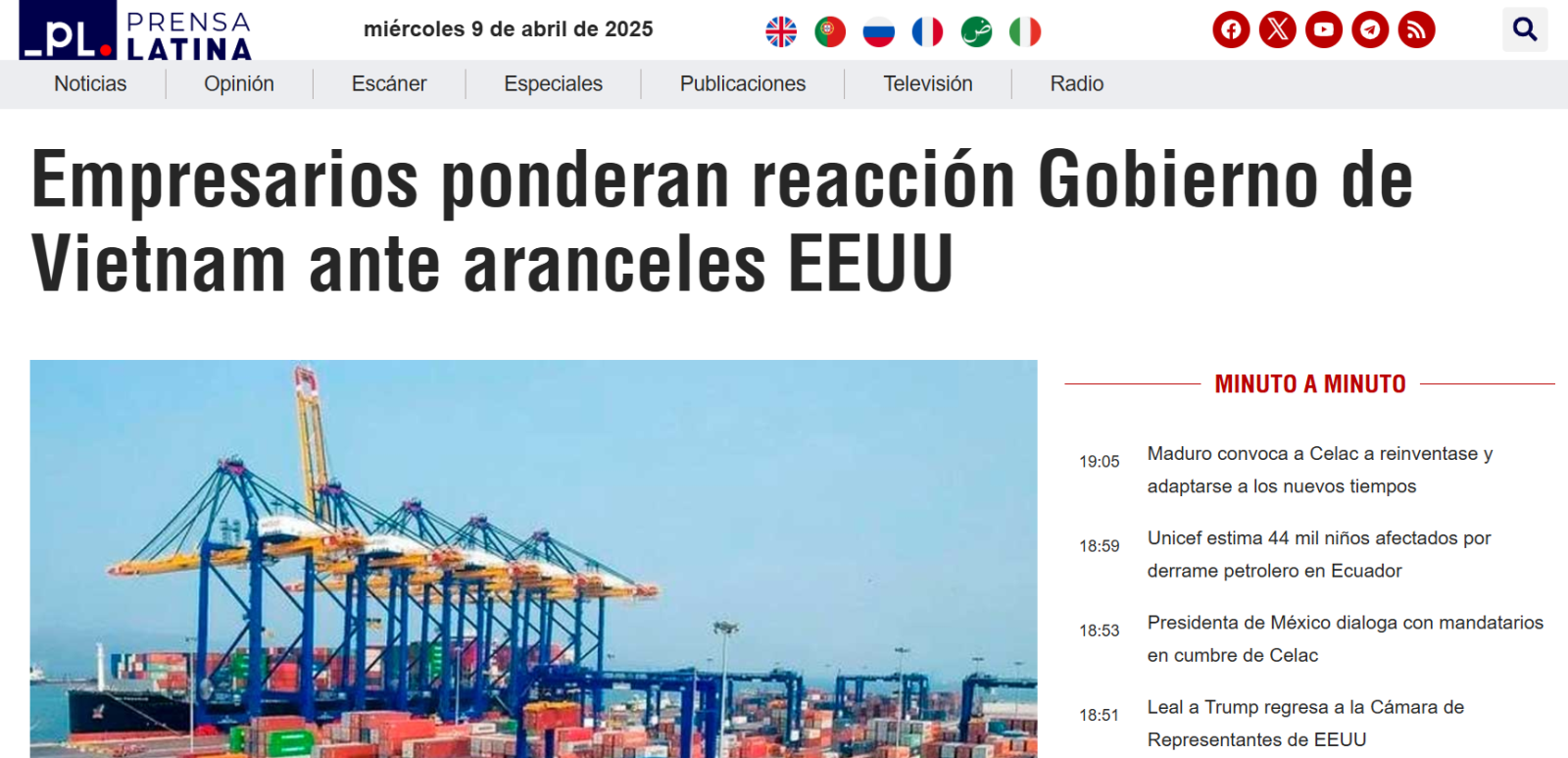

















Comment (0)